In this guide to Venice for wine lover’s, wine writer and Italian wine expert Kevin Day cherry-picks a few of the city’s wine bars, restaurants, wine shops, hotels and key sights to experience. Every place was paid for out-of-pocket by the writer.
Welcome to Venice
Venice has often been called La Serenissima — the most serene. As a wine lover, that has a special ring to it: we all know that wine tastes best when we can press “pause” on life and enjoy the tranquility that only a glass of vino can provide. Given Venice’s marvelous ambiance, and the pedigree of the wines from the surrounding Veneto, you’d think finding such a moment would be easy.
But if you’ve actually visited Venice, you know that serenity is a rare commodity. Piazza San Marco, the Rialto Bridge, and the slow-chugging vaporetti along the Grand Canal are often choked with tourists, and many of the restaurants and bars that cater to them carry mostly mass-produced, anonymous tasting swill.
Yet Venice is a lot of things at once, and I’d posit that most tourists only see between 5 and 10 percent of this sprawling city (and many don’t even bother venturing into the greater lagoon). Venice is a jewel, and after 20 years of traveling to Italy, I’d say it is my favorite of the major cities. It’s existence is absurd, it’s persistence a miracle. And when you wriggle free from the beaten path and find yourself dining with locals in Santa Croce, standing shoulder-to-shoulder with students at a Cannaregio natural wine bar, or wandering the empty canals of colorful Burano at night, its hard to imagine any other place impacting you the same way as La Serenissima.
I recently returned to Venice for several days of rest and relaxation, and did my very best to explore the quieter pockets of the city. And with that, it gave me a chance to update this guide, which I initially wrote in 2019. What follows only scratches the surface, but its the kind of wine lover’s guide that reveals another side of Venice, where no one is juggling their glass of wine with a selfie stick.
Day One Aperitivo: Al Prosecco
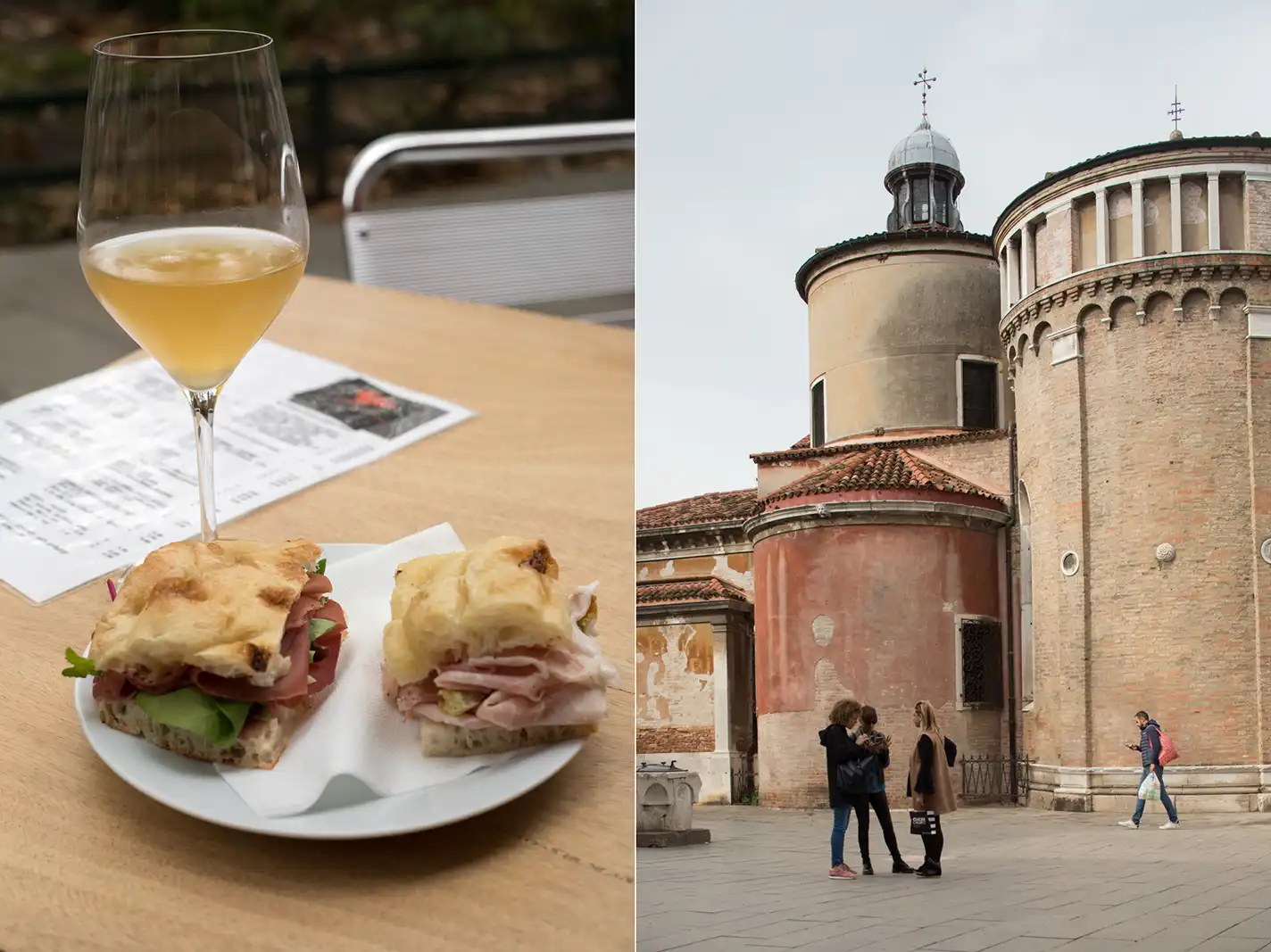
Located on Campo San Giacomo dell’Orio in the Santa Croce neighborhood, Al Prosecco keeps it simple, and that’s the winning formula. The tiny kitchen churns out delicious small bites and “super creative” panini (as the menu says) as well as entrées. But the wine list — while short — focuses on biodynamic wines from the surrounding regions, and if my tolerance was bottomless, I would have stayed for a few hours to sip my way through it.
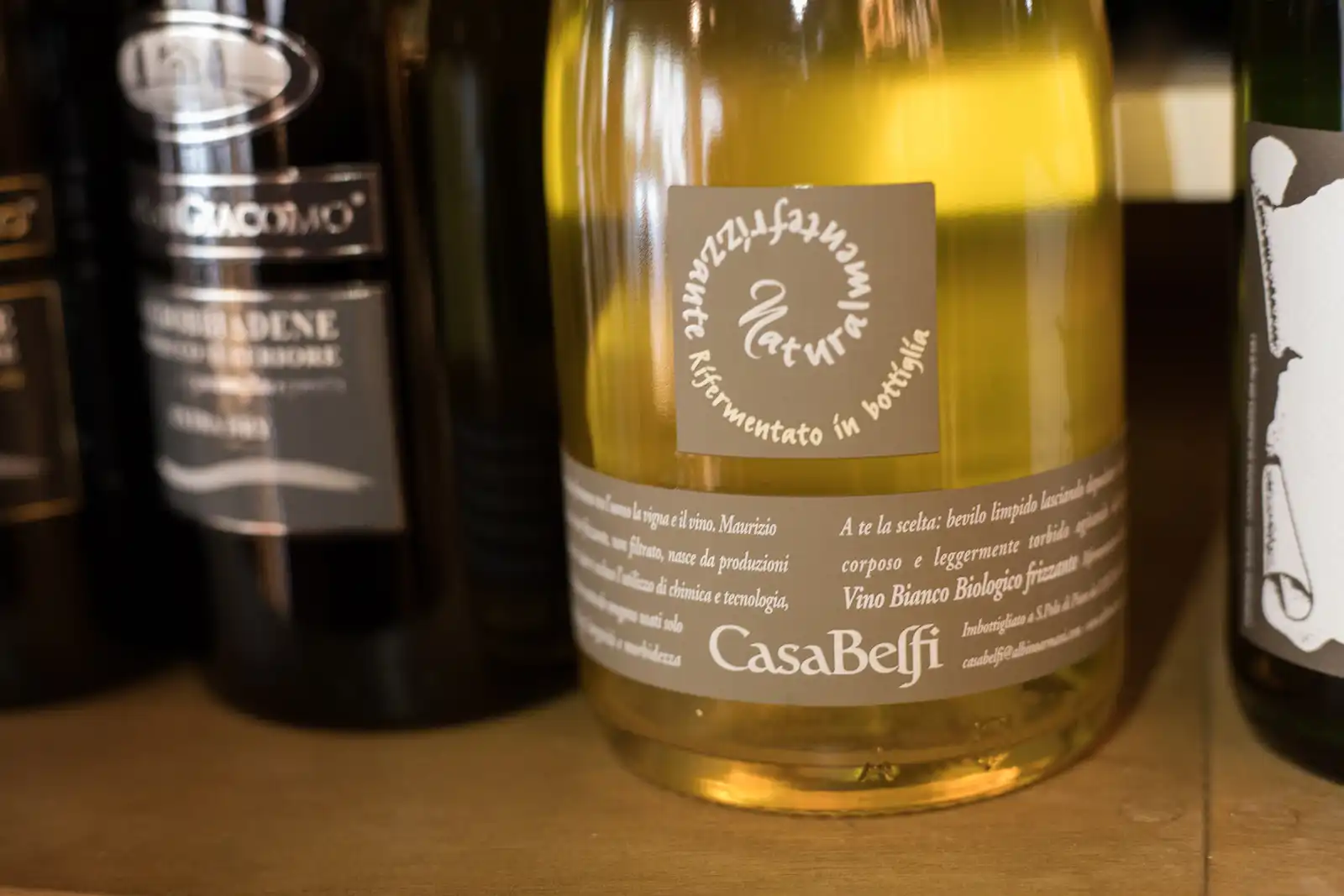
Of particular note from when I visited, were three col fondo Prosecco wines. This style of Prosecco harkens back to the wine’s origins when the secondary fermentation took place in the bottle without disgorgement of the lees. I sampled the CasaBelfi “Colfóndo” Prosecco DOC and loved its sprightliness and sour character. It cut through my mortadella panini like a knife.
But I liked the ambiance of Al Prosecco the most. Sit outside on the campo if the weather is cooperating — it is one of Venice’s few piazza with ample trees, and don’t be surprised if a soccer game breaks out among the local kids.
Day One Dinner: Osteria La Zucca
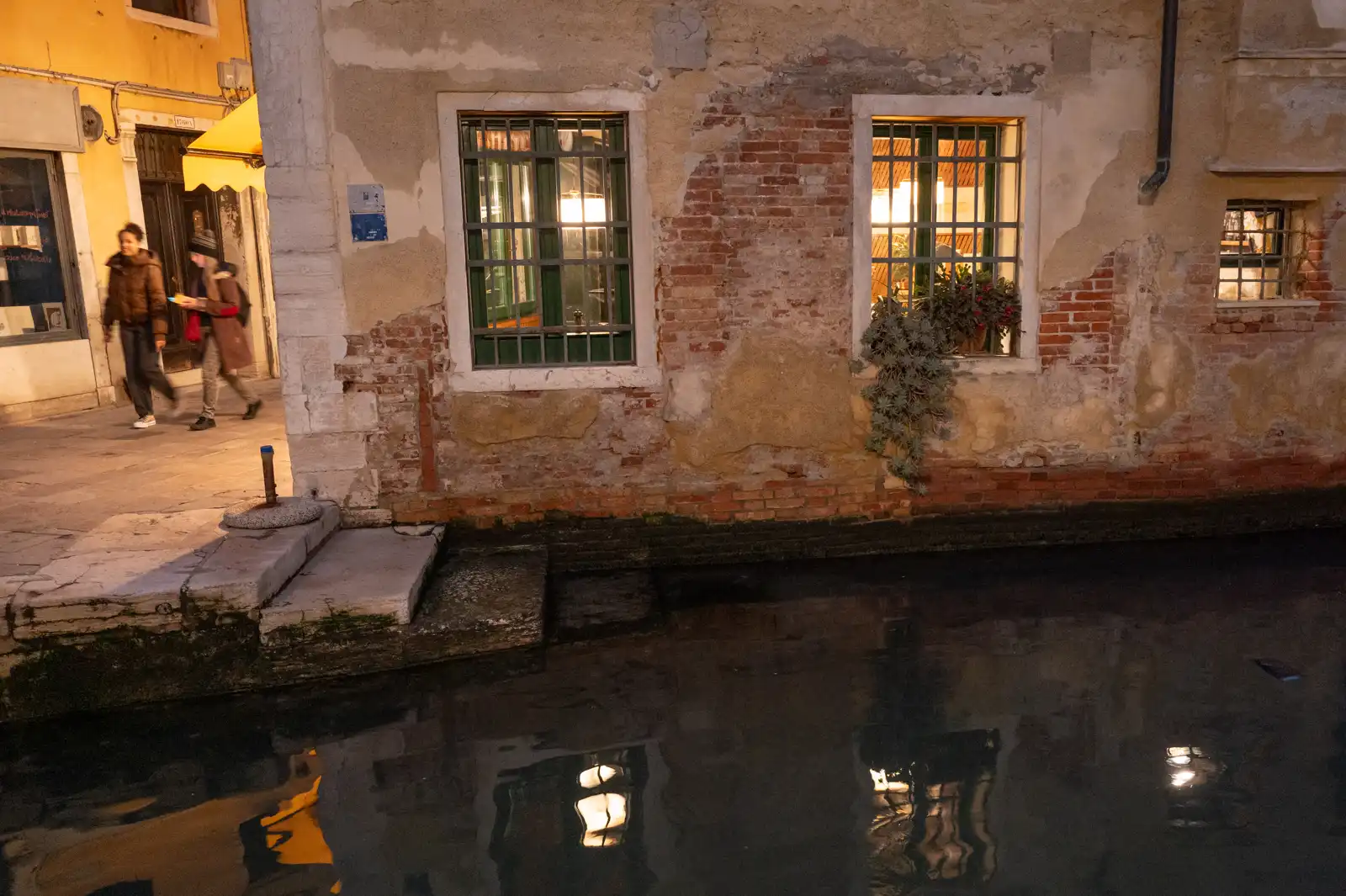
Next up, walk a few steps north of Campo San Giacomo dell’Orio to your reservation at this warm-hearted, canalside osteria.
Santa Croce is one of Venice’s most overlooked sestieri, or neighborhoods, and the mise-en-scène of this delightful, vegetable-forward restaurant embodies the Santa Croce spirit perfectly. La Zucca is tucked away next to a bridge and a forgotten canal. Everything about it feels local and hidden away, although you are likely to see a few other out-of-towners dining there. However, the effort to get to La Zucca — as well as the advanced reservations needed — means only the most determined of travelers get a seat.
We first came to La Zucca in 2005 — about 25 years into the restaurant’s run — and it was just as good this time as that first introduction. Order whichever seasonal take they have on lasagne, or give their signature pumpkin flan a try. The cuisine can be rich, and you certainly won’t leave hungry, but what’s so refreshing about La Zucca is its embrace of seasonal vegetables, which so many restaurants in Venice seem to ignore. The wine list is well-curated and has several solid value options, too (when in doubt: Lugana). Reserve three weeks ahead by calling them between 11am and noon or 6pm and 7pm local time. You read that right: it’s an old-school reservation system.
Day Two Aperitivo: Vino Vero
By the time I reached Vino Vero on a cold, soggy evening, the crowd had spilled out onto the sidewalk, nearly reaching the canal. The patrons at Vino Vero are distinctly younger and cooler than the rest of Venice, but in a way, I loved it for that. Vino Vero manages to stay warm and welcoming without skewing into too-hip-for-my-own-good territory. When I visited, nearly every patron was Italian. Two were wearing fashionable leather pants in the rain. God bless them.
Vino Vero was my final stop on a personal cicchetti crawl through the Cannaregio district north of the Grand Canal, and it had by far the most compelling selection of wines. I settled on a glass of Cantina Furlani “Metodo Interrotto” — a low-intervention sparkling wine from Chardonnay and Pinot Nero — which of course paired beautifully with whatever I ordered. Look for the salt cod, roast-duck bacon and mushroom-focused cicchetti.
Day Two Dinner: Cannaregio Cicchetti Crawl
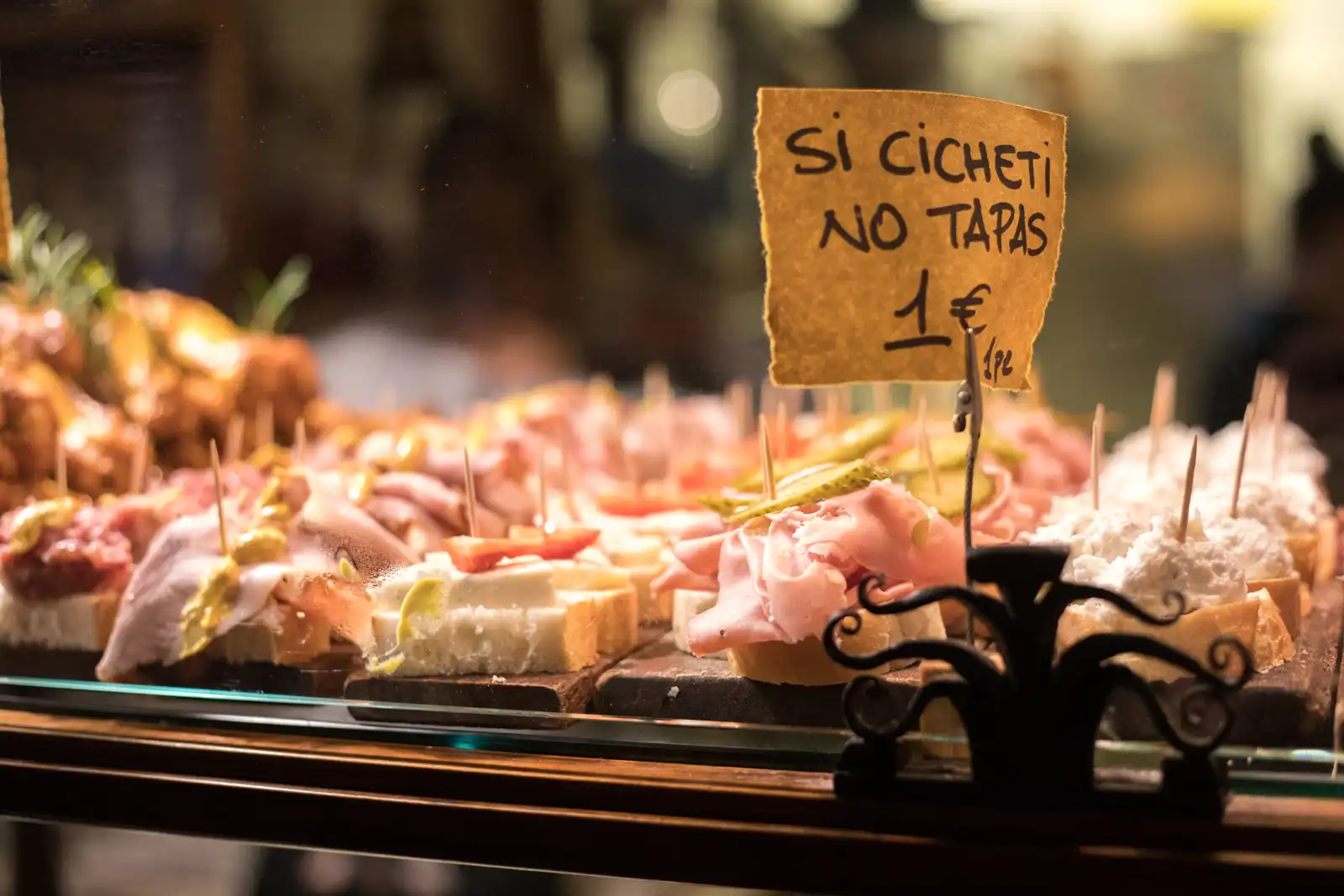
Before I go any further, I should probably explain this whole cicchetti thing. As this sign at Al Timon so eloquently stated (above), these are small bites for roughly 1 to 2 Euros and you should not, under any circumstance, call them tapas. You get in line, order them at the counter with a glass of wine — or a spritz — and then you find a standing-room only place to devour them. Rinse and repeat. Rinse and repeat.
The Cannaregio district has a few wonderful spots to thread together a cicchetti crawl (especially Vino Vero and Al Timon), but each district has its own cicchetti culture. Most places seem to have a salt-cod-on-toast offering, which is one of Venice’s most iconic bites.
For local wines to perfectly pair, look for Prosecco (especially col fondo or from Valdobbiadene or Cartizze), Colli Euganei Fior d’Arancio, Soave or any of the white wines from Friuli. Most cicchetti are light, but some pair well with red wines, in which case, Valpolicella, Raboso del Piave or Schioppettino are your local calling cards.
Where to Shop for Wine: Millevini
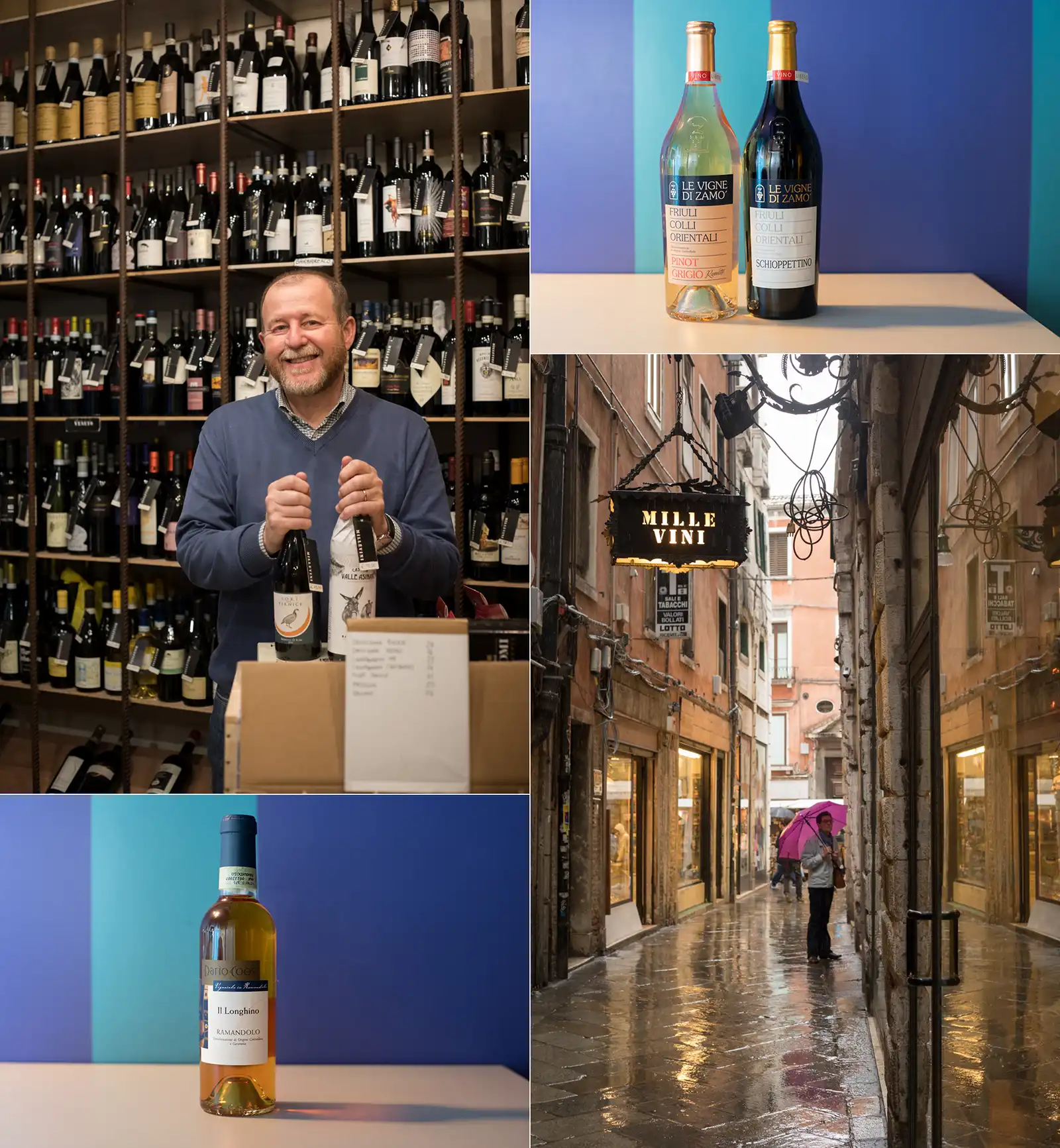
If you are in Venice and you have a quiet place of your own to uncork a bottle or two and enjoy la dolce vita, then Millevini is the wine shop to seek out. Located close to the Rialto Bridge in the center of the city, the store includes an awesome selection of Veneto and Friuli-Venezia Giulia wines, as well as Italian wines from further afield, a few choice selections of French wine, and whiskey and rum if that’s your thing.
The enoteca’s owner, Lorenzo Menegus, is a cordial, certified sommelier who speaks excellent English. When I told him that I wanted to take home a few Friuli-Venezia Giulia wines that I wouldn’t easily find in the United States, he pointed me to a Schioppettino and Pinot Grigio Ramato from Le Vigne di Zamo, as well as a Ramandolo sweet wine from Dario Coos. (The Schioppettino was stunning, the Ramato fascinating, and I’m still holding on to the Ramandolo).
Indecision hobbled me here, but that only happens at the really good wine shops. Thankfully, Lorenzo helped nudge me along.
Where to Have an Epic Lunch: Trattoria al Gatto Nero (Burano)
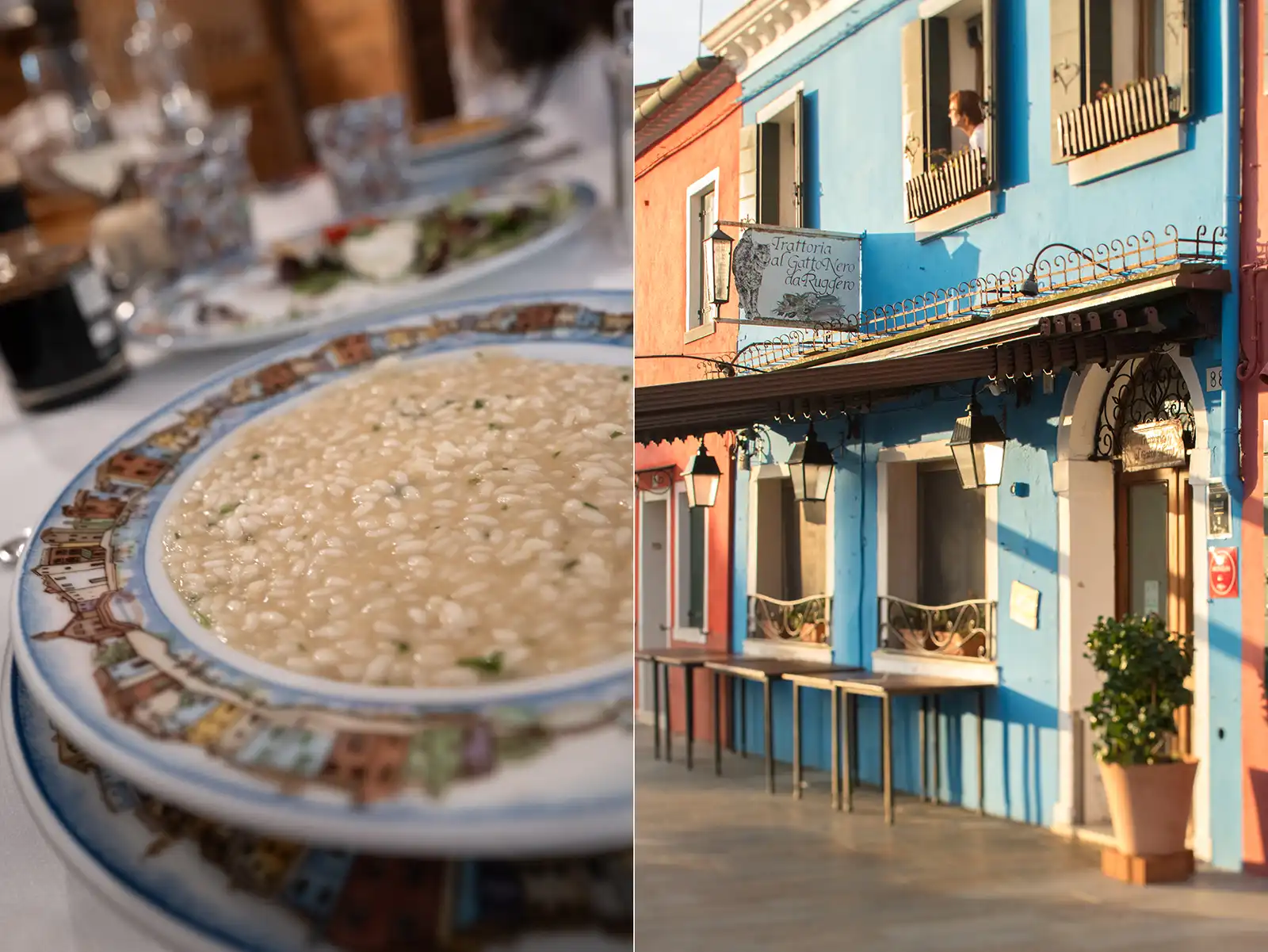
These next few suggestions are out in the upper corner of the Venetian Lagoon, where the three islands of Burano, Mazzorbo and especially Torcello serve as the historic roots of the Venetian city — “Venezia Nativa,” as it is beautifully called. It was here that the ancient tribes of the region first fled the violence of the mainland to find sanctuary in the shallows.
Because there is very little in the way of accommodations out here, most of the activity is confined to day-trippers who head out to Burano for a few hours amidst the colorful homes of this fishing enclave. Be forewarned: many of these tourists have their head in the clouds as they take selfies, pose for influencer-inspired portraits, and generally make the experience about themselves. But one place that has managed to preserve its “old Venetian” soul is Trattoria al Gatto Nero. Established in 1965 by Ruggero Bovo, the lunch-only trattoria offers all the things we could ever want in an Italian meal: the warm hospitality, the old-school elegance, the locally sourced ingredients, and classic dishes whose flavor seems to betray their simplicity. Chief among these is the Risotto alla Buranella, which is cooked to perfection in a seafood stock of impressive depth and complexity. Reservations are essential.
Where to Wine Taste: Venissa
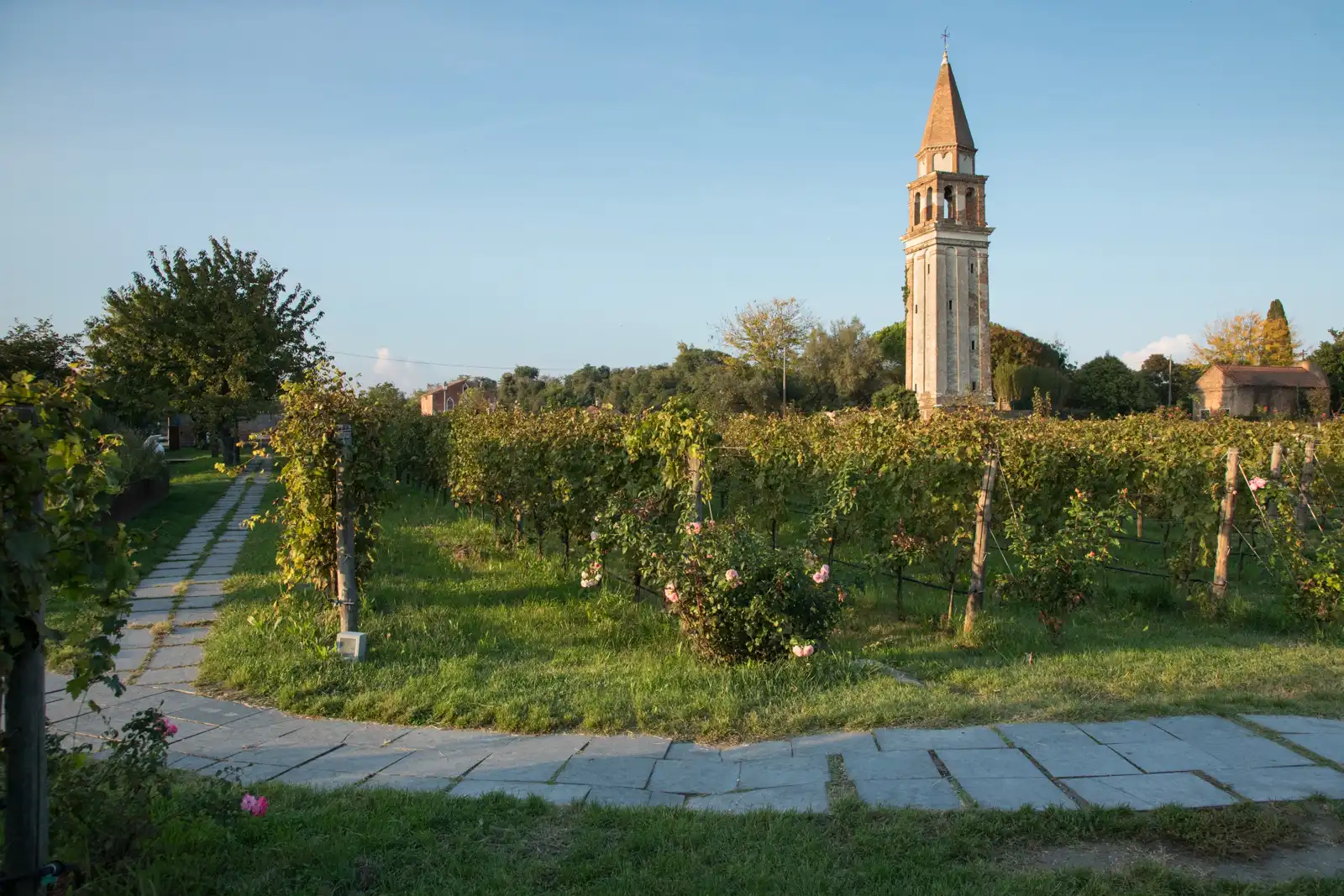
Venice has always been better known for consuming wine rather than producing it. From that glowing spritz you ordered in the piazza to the water taxi welcome at your hotel, Prosecco has long been the most Venetian of wines. However, for wine obsessives, that tune has changed with the rather improbable vineyard of Dorona grapes now growing on the island of Mazzorbo.
Once thought extinct, this relative of Garganega has made an impressive — albeit tiny — comeback thanks to the Prosecco titans of the Bisol family. Adapted to the high salinity of the lagoon island soils, Dorona yields one of the most unusual wines you’ll ever encounter: it’s genuinely salty, but also reminiscent of herbal tea, a profusion of flowers and stone fruit. Left to macerate on the skins for between 25 and 30 days, this is a bona fide “orange wine,” but don’t think of Gravner or Radikon, or the macerated whites of Georgia. Venissa is wholly its own thing.
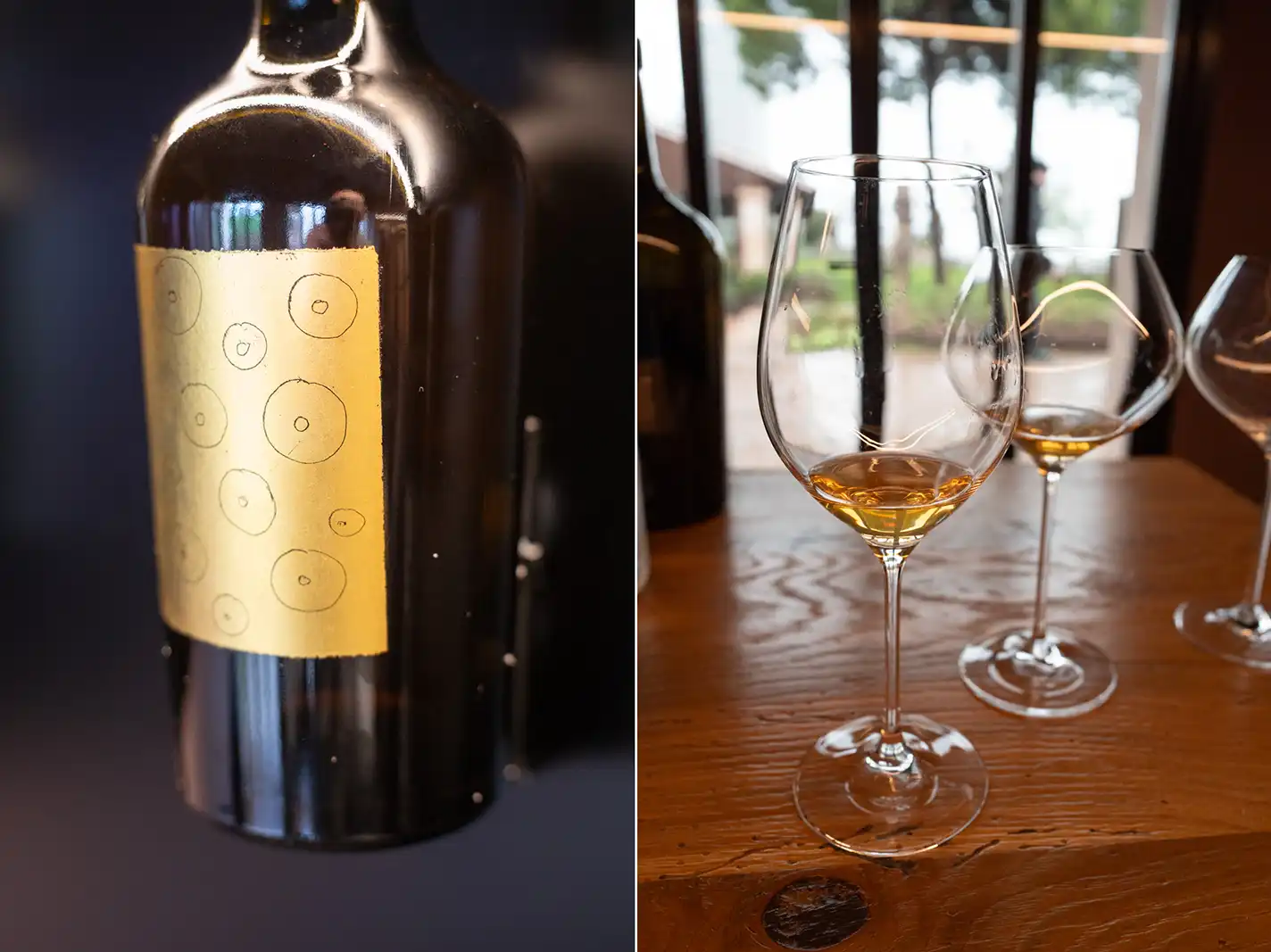
You can arrange a wine tasting and tour of the adjacent vineyard, and buy one of the latest vintages. The 500 mL bottles are given a gold-leaf treatment from the last remaining gold-leaf beater in Europe, Marino Menegazzo. It is a genuine one-of-a-kind keepsake you’ll want to take home with you.
Sight That’s Actually Worth Seeing: The Venetian Lagoon
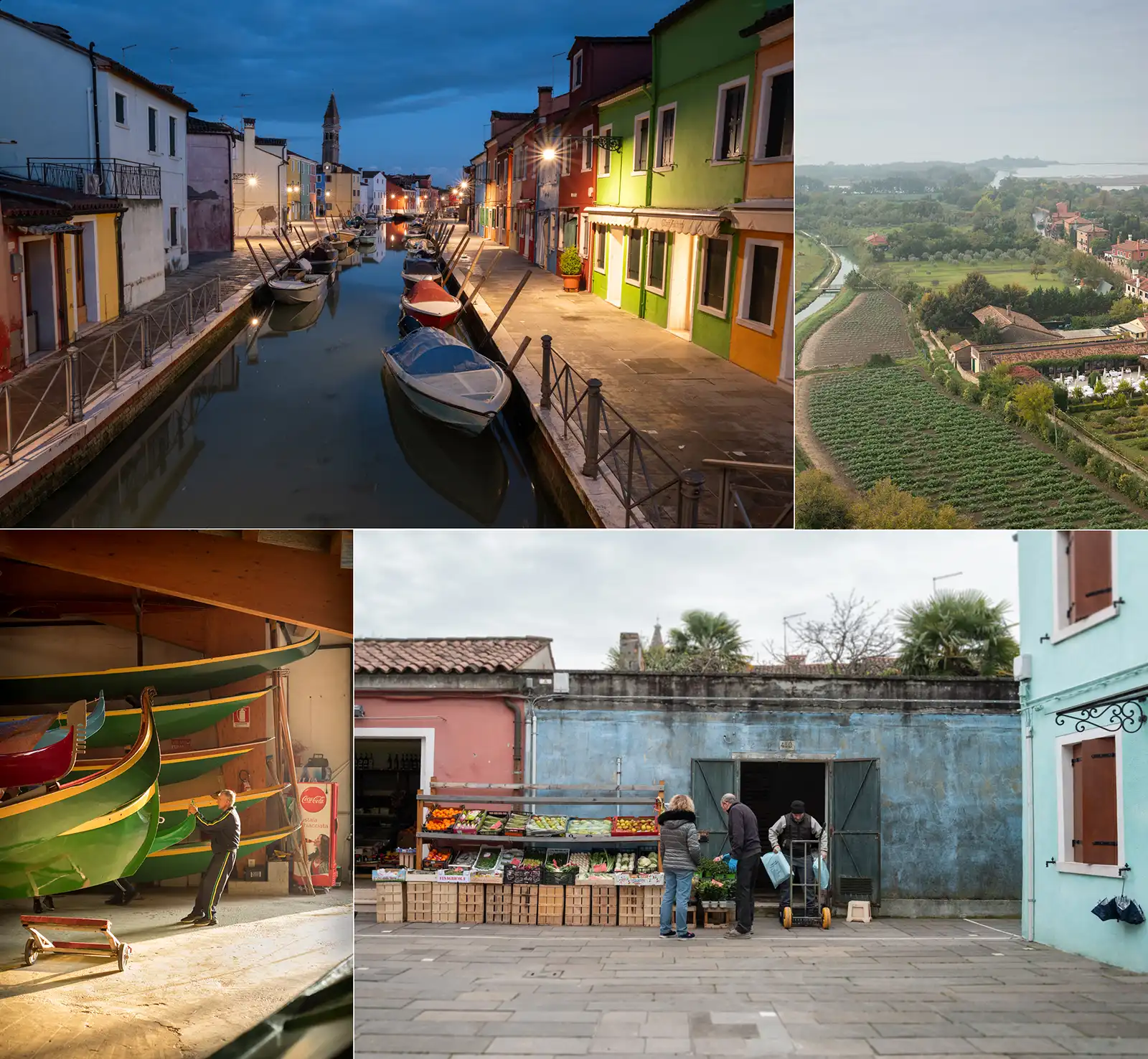
Short on time? Don’t even go to Venice. Just go to the lagoon. Travel through its languid inlets. Skirt the marshes that brim with bird life. Photograph the rainbow of houses on Burano, then return at night and witness the village’s cats parade in the shadows. Hear the bells of Torcello’s basilica ring. Watch the fishermen go about their business. And if you are lucky, see a master oarsman steer a voga boat through the chop.
What Italy often does so well is blend culture with nature. It can seem so seamless, especially in the Venetian Lagoon, where an entire ecosystem of animals, plants, water, tides, human history and modern life are intertwined in stunning fashion. If you can, go.
Where to Stay (Venice): Hotel Ca Zusto Venice
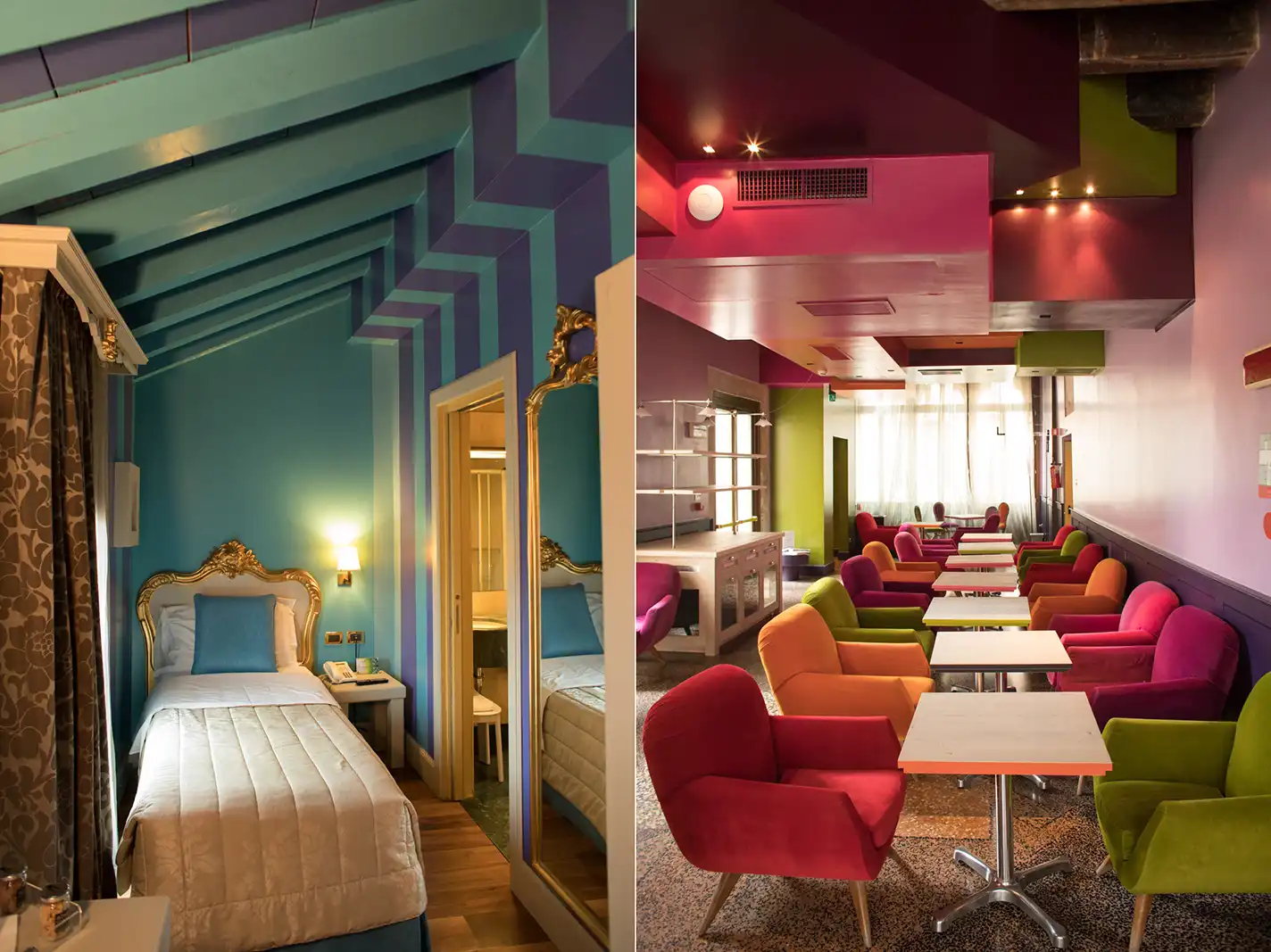
You are not short on hotel options in Venice, but what you are short on are good value options in Venice. This stylish, compact hotel in the Santa Croce neighborhood is within easy walking distance of the train station, the bus stop from the airport, and many of the highlights listed below. For solo travelers, it provides a great option for single rooms at $170/night. Double rooms start at $240/night depending on the season.
You might be tempted to look at Airbnb, but the online agency has had a profoundly negative effect on Venetians, driving many out of the city because of how it has altered the rent landscape.
Where to Stay (Lagoon): Casa Burano
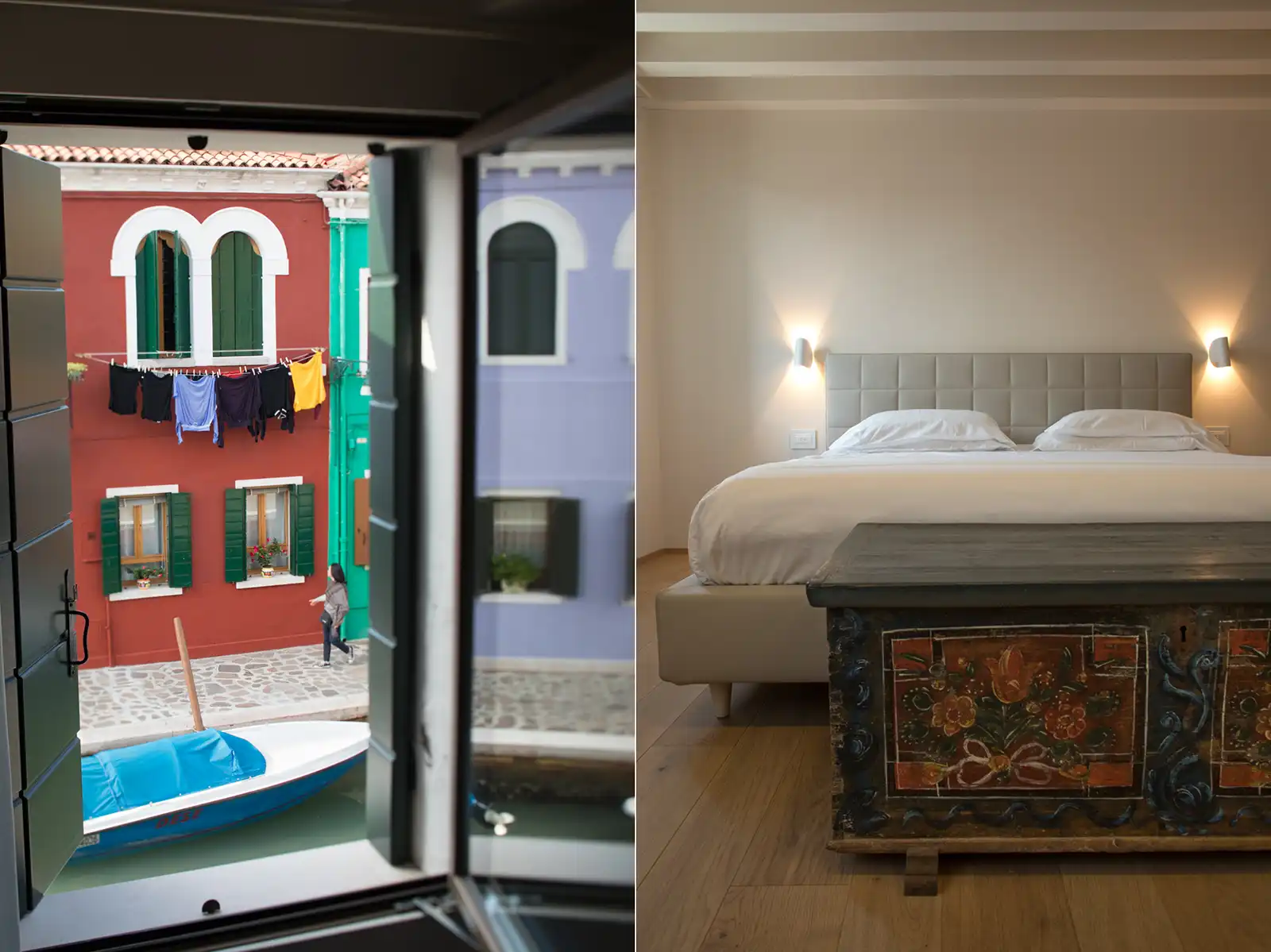
Hotel options are much more limited on the lagoon islands, but the appeal is more profound. I have been a guest at Casa Burano twice now. It is an extension of Venissa on the neighboring island of Mazzorbo. Our room was far more spacious than anything we could have found in Venice for the same price, and best of all, we were on the colorful island of Burano overnight. As noted earlier, this tiny island has also struggled under the strains of mass tourism, but most of those issues arrive by boat at 10am and leave by 5pm. What happens from 5pm to 10am is magical: an ethereal town whose multitude of colors seem eerie in the twilight, and invigorating at sunrise.
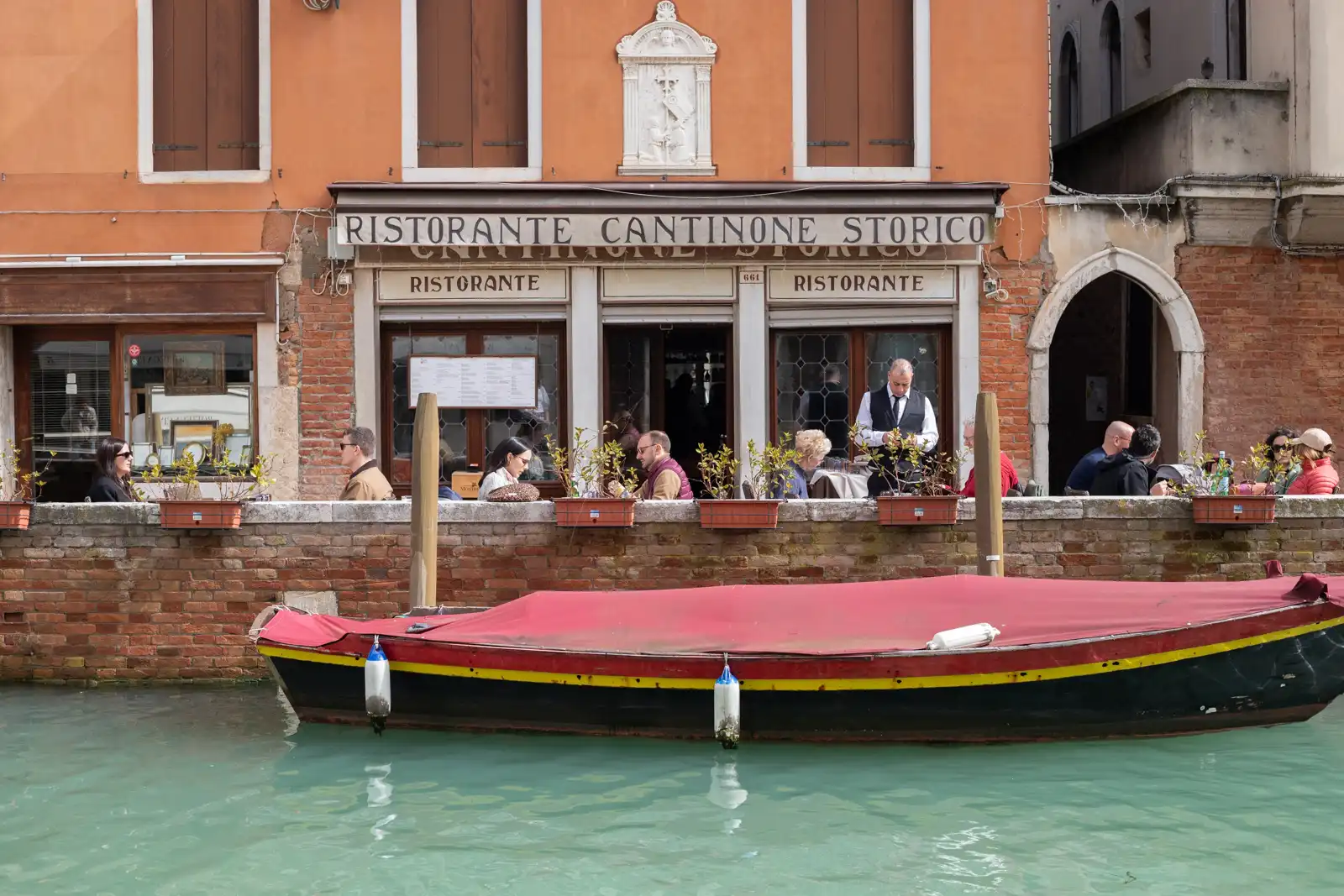

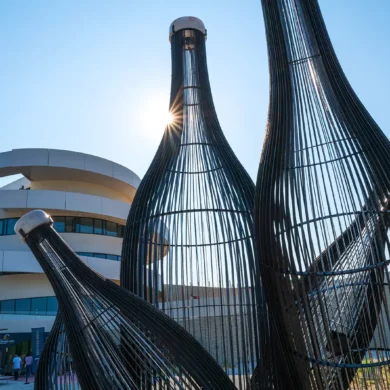
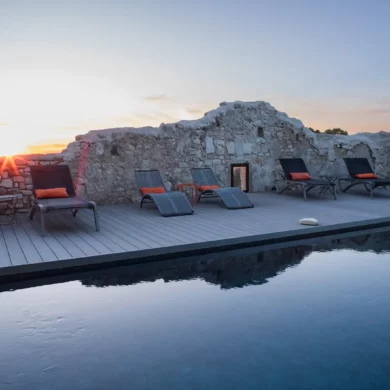
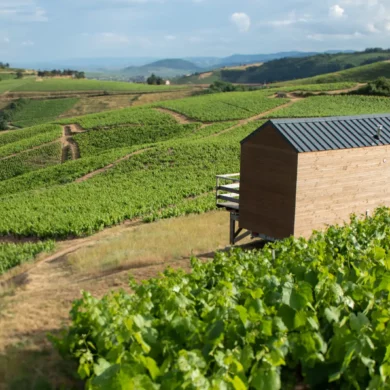
Wonderful post brimming with suggestions on local food and (especially) local wines! You’ve taken us off the beaten path to discover some real Venetian gems. Thanks for the trip!
Thank you for the feedback. Glad it can be a resource and inspiration for you!